Flavors in beer. Where they come from and are they positive or not? Part #1.
Hello. We are constantly working on our Craft Brewery, but the road will be long. The first documents are imported in various institutions. We also triggered the design of the brand, and in few weeks we will have a whole new identity.
Meanwhile we will introduce some very interesting and important facts about beers, and will share some very valuable knowledge about every beer lover.
This time we are revealing
Flavors in beers
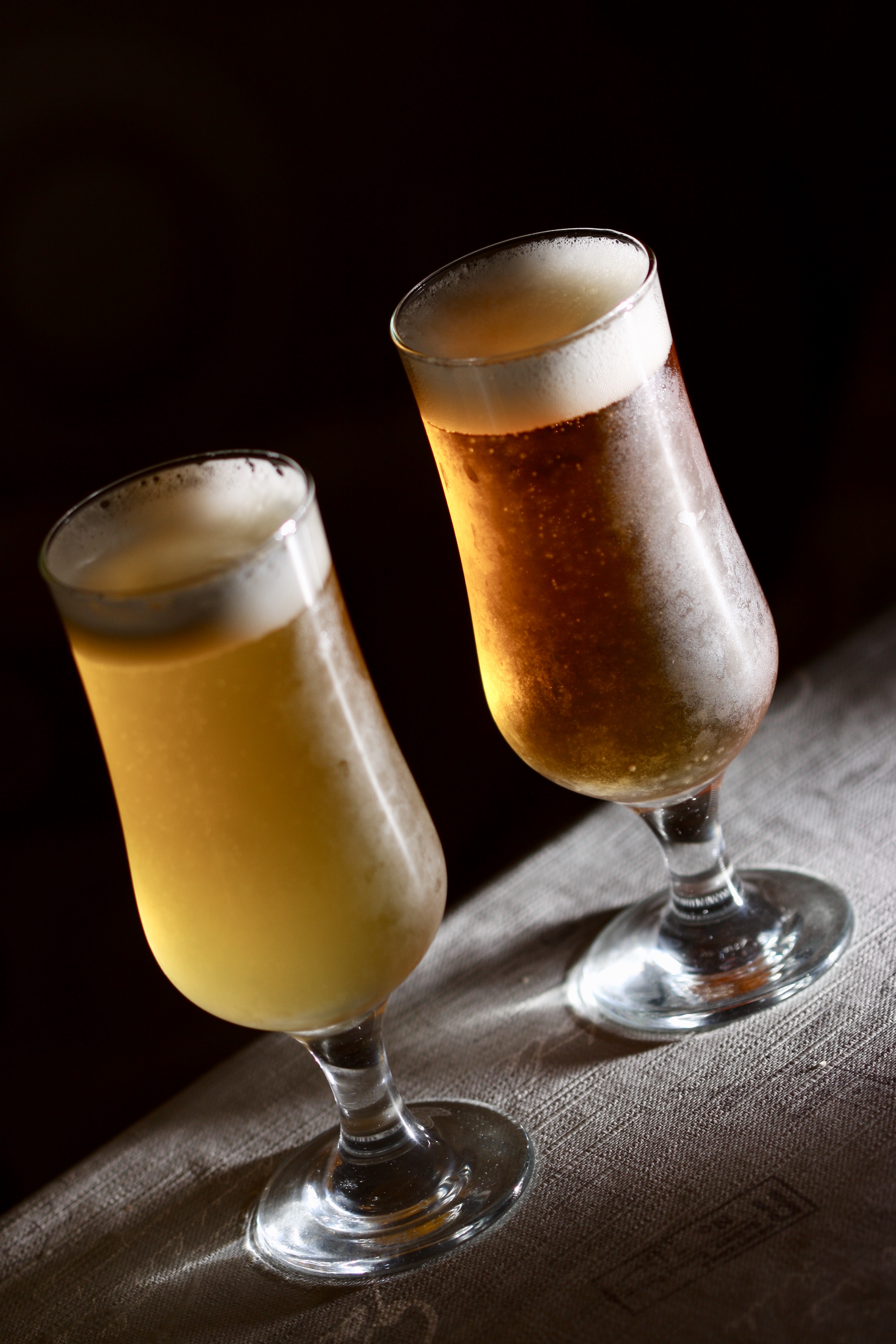
Different flavors in beers have various sources. While some of them are created by different malts and hops, most of them are generally produced during fermentation. That’s why this is exactly the most important process during the whole brewing.
While some flavors are generally accepted in some beer styles, they must be entirely absent from others. So the first thing to do when we have a beer is to know which style it represents and what is typical for this exact style.
There are still some flavors, that are absolutely off for all the styles. Let’s begin our journey now!
- Diacetyl
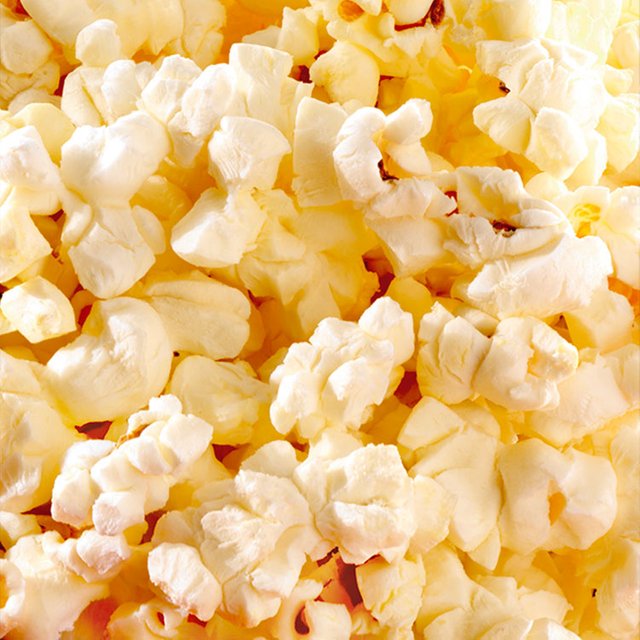
This is one of the flavors, that is acceptable in some beer styles in some minor quantities. Maybe all of you know the Pilsner Urquell - THE Pilsner. Yup, it’s acceptable in pilsners some diacetyl to be presented. The first association when you hear diacetyl should be “butter”. Do you know how the microwave popcorn with butter smells like. That is diacetyl and in fact these popcorns do contain diacetyl. This is one of the aromas, that cannot be tasted by everyone. It depends on everyone’s personal receptors. Some people feel it, rather than smell it. It feels a bit oily on the tongue.
Diacetyl is a fermentation product and yeast tends to clear it, after the fermentation has ended. If the fermentation is stopped early, you can end with some diacetyl in your beer.
- Acetaldehyde
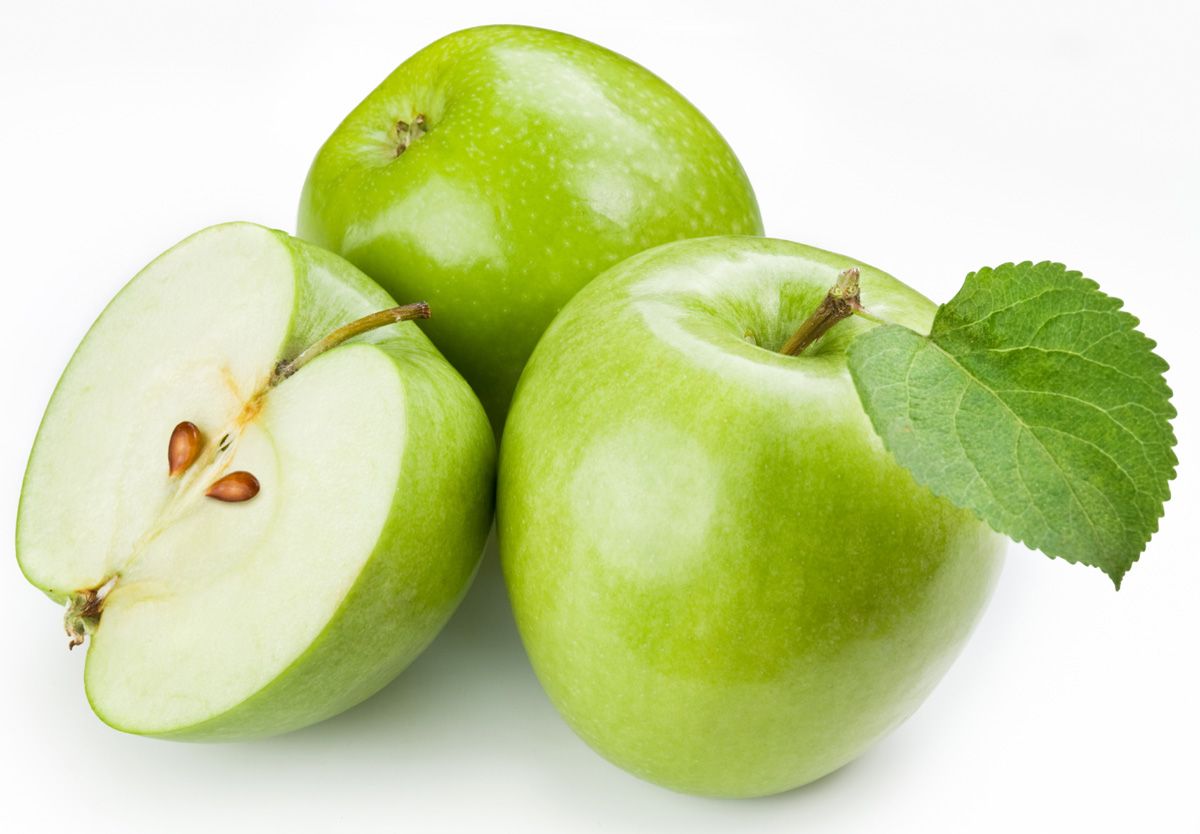
This is the green apple aroma. It’s generally an off flavor in all beers and generally indicates some oxidation during fermentation. It’s either produced during the early stages of fermentation, or in the final moments. Sometimes occurs during bottling, when the beer is splashed, or in case of PET bottles, where there is a great chance of oxidizing the golden liquid.
In fact this flavor is presented in all beers, but definitely is considered a flaw in high concentrations. Of course, there is a little range of beers, when this is a desired flavor, but it’s. It specific at all.
- Isoamyl acetate
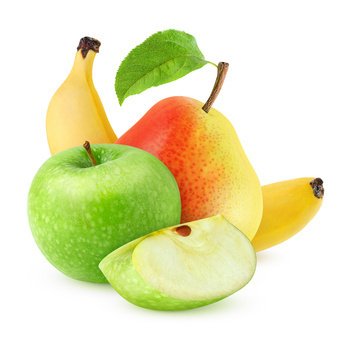
This aroma is represented with the banana and pear comparison. It’s an eatery aroma and maybe all the beers contain a certain amount of esters. They are generally described as fruity aromas. Isoamyl acetate is a positive aroma in many lager beers and it’s characteristic for Heineken beers. Heineken tends to use horizontal fermenters. This results in less surface pressure and consecutively a greater amount of esters. That’s why these beers tend to be more fruity, even without the addition of much expensive hops. (In fact the hops are most pricey ingredient in the beer!).
Esters do increase with the fermentation temperatures.
- Ethyl Butyrate.
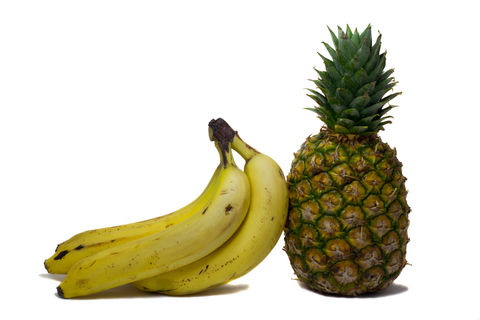
This ester contributes to the overall tropical profile in the beers. It’s prodused again by the yeast during femenstion and it’s directly connected with the temperature of fermentation. But... BUT!
Thic chemical sometimes can indicate a problem with the hygiene in the brewhouse. A fun fact is, that it’s presented in the American Budweiser! Is it due to hygiene problems, or just fermentation conditions? We will leave your imagination play with you!
This will be the first part of the beer flavors. Stay in touch for more updates around our brewery and the second part of this very important topic. We will be happy to receive your support. All the funds, generated in this account will be invested in our brewery.
Cheers!